Oceans and lakes
Open water bodies (outside the sunglint region) usually appears black in VIIRS Cloud Phase RGB. In some special conditions it might appear dark blue.
Fig. 1 shows Mediterranean Sea appearing black in the Cloud Phase RGB image. (Snow-free land appears brownish, while snow-covered land is depicted in medium blue. Some water clouds are also seen in yellowish and pinkish colours).
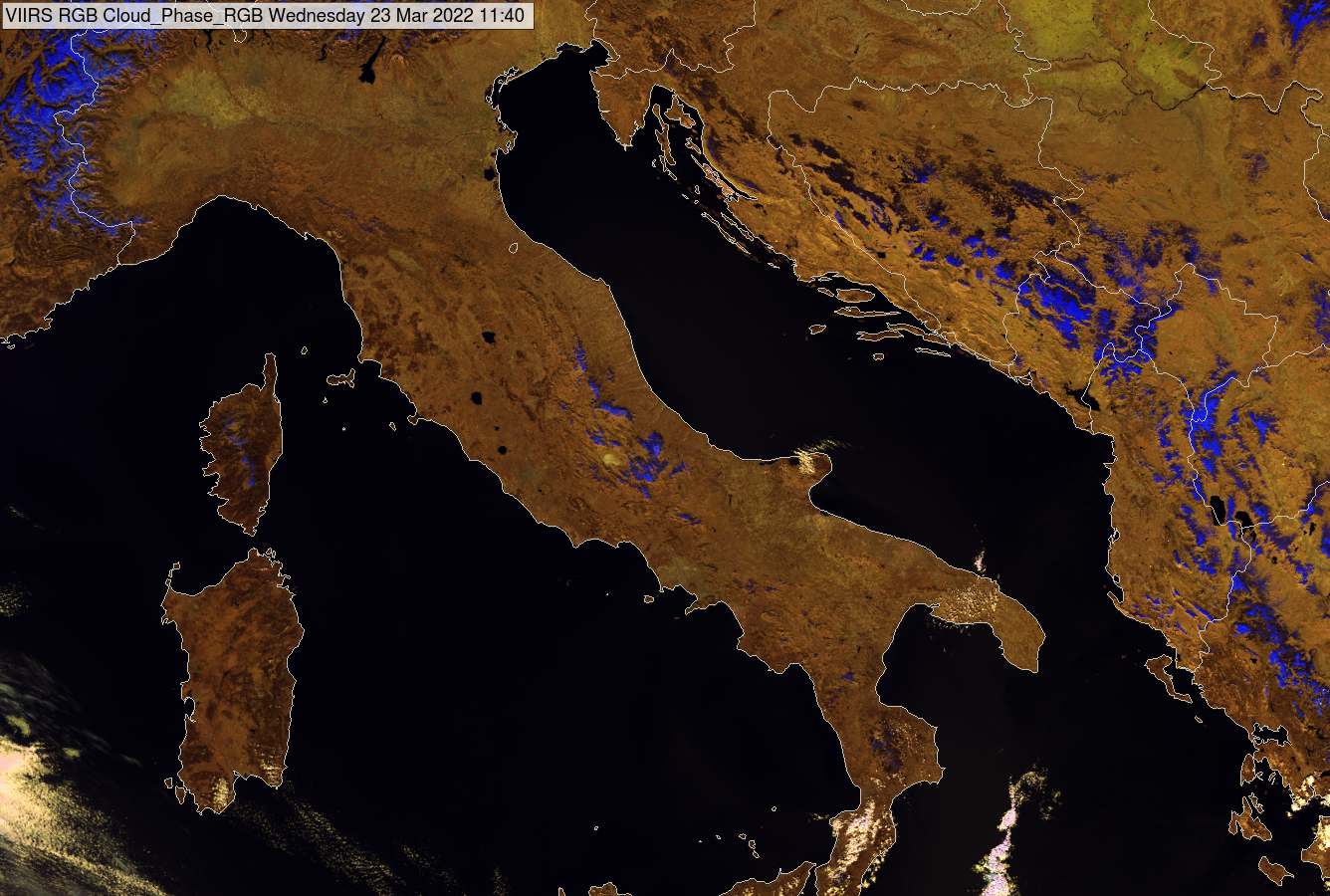
Fig. 1: VIIRS Cloud Phase RGB image for 23 March 2022, 11:40 UTC.
The left panel of Fig. 2 shows part of the English Channel and the North Sea between England and the continent appearing black in the Cloud Phase RGB image. The right panel shows the Crimean Peninsula, and part of the Black Sea. The sea and the River Dnieper (with its tributaries) appear black.
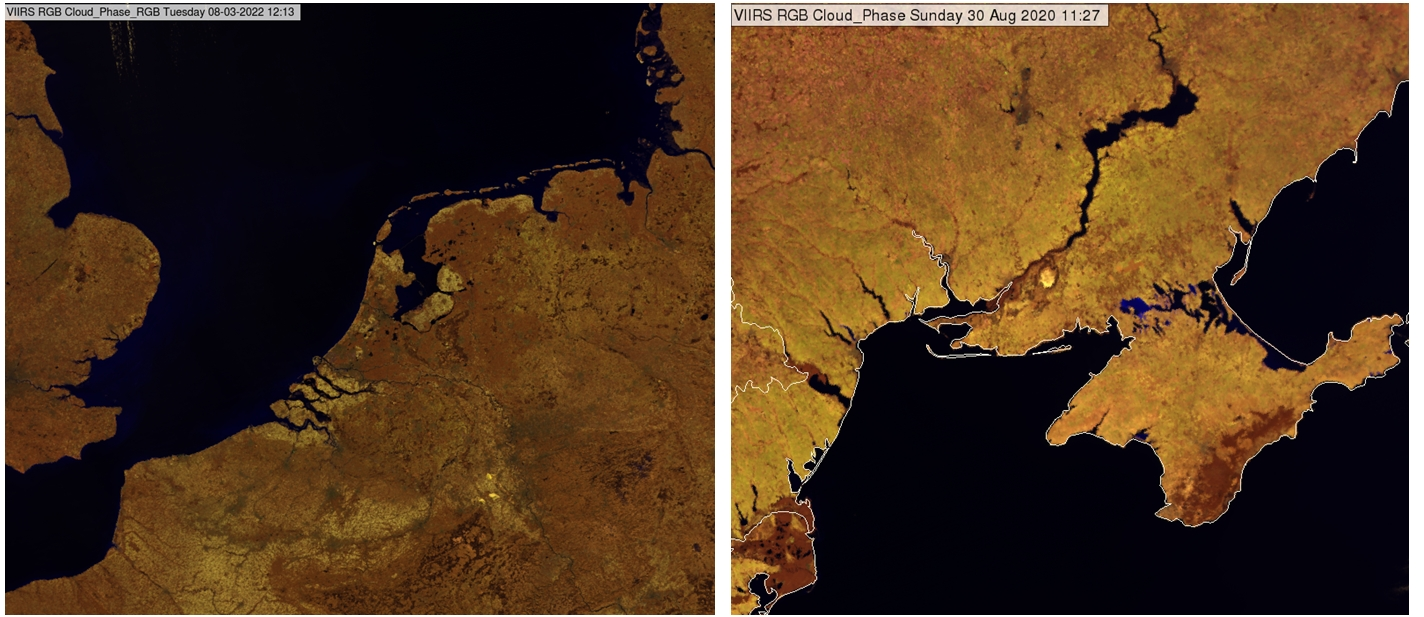
Fig. 2: VIIRS Cloud Phase RGB images for 08 March 2022, 12:13 UTC (left) and 30 August 2020, 11:27 UTC (right).
Fig. 3 shows the Alps with large lakes: Garda, Iseo, Como, Maggiore, Geneva, and Neuchatel. The lakes appear black. (The yellow, blue and brown colours indicate water clouds, snow and cloud-free land, respectively).
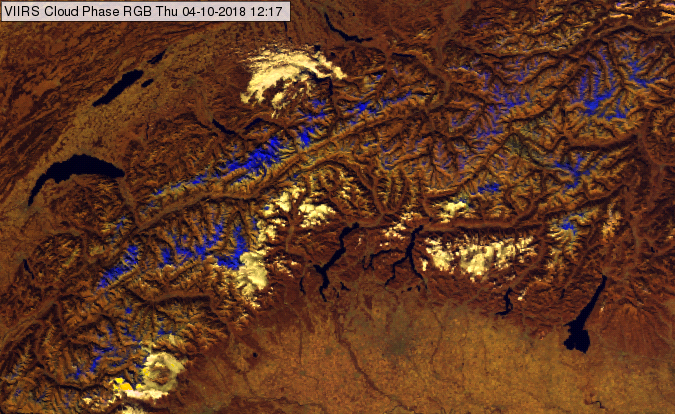
Fig. 3: VIIRS Cloud Phase RGB image for 04 October 2018, 12:17 UTC.
Open water bodies may appear dark blue (instead of black) in some special conditions, e.g. extreme high sediment concentration and/or special viewing geometry. As an example, see the Strait of Dover and a part of the North Sea in the left panel of Fig. 4. The right panel shows the same area in True Colour RGB highlighting the sediment concentration. (In the True Colour RGB tan and greenish cyan colours indicate very high and high sediment concentration, respectively; while deep, clean water appear dark blue.) Additionally, this region was close to the edge of the swath during the studied overpath.
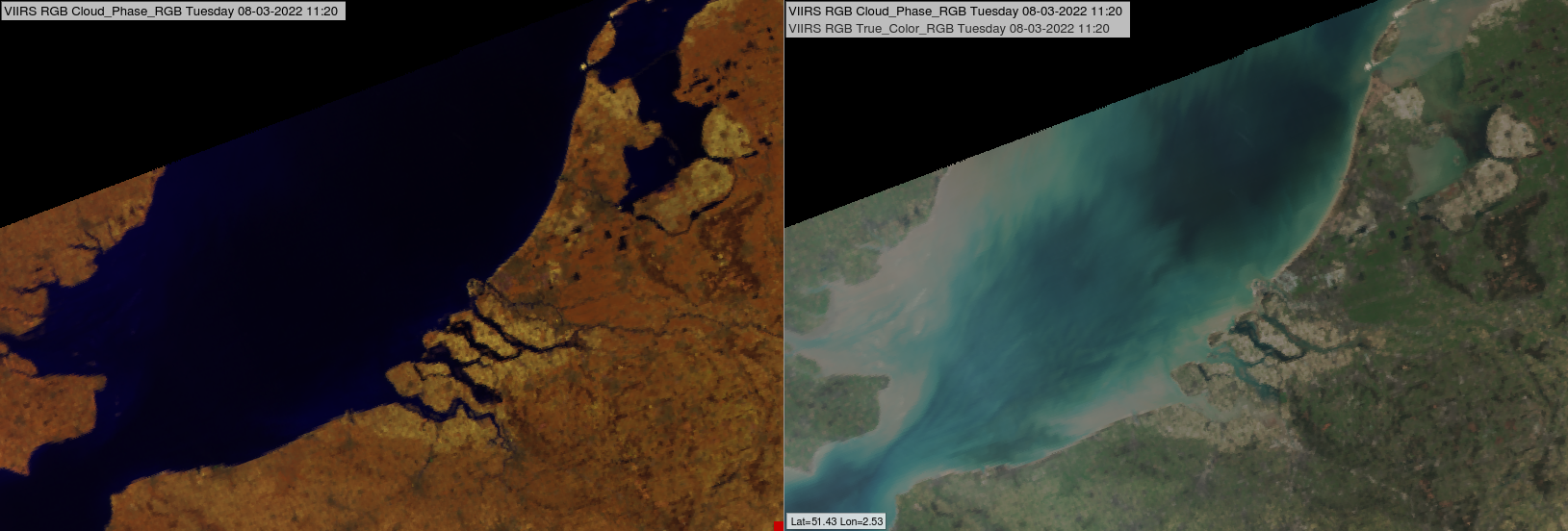
Fig. 4: VIIRS Cloud Phase and True Colour RGB images for 08 March 2022, 11:20 UTC.
Note, that salty lakes also appear dark blue.
Note, that the colour of a water body may be different than black (or dark blue) in the following cases:
• Its size is not enough large compared to the pixel size.
• It is covered by clouds.
• It is covered by vegetation.
• It is in the area of sun glint
• It is covered by large amount of aerosols (e.g. dust).
Explanation of the colours of open water bodies outside the sunglint area (see also the recipe on the left side):
• The reflectivity values of both near infrared channels are extremely low, almost zero (water absorbs strongly at these wavelength), see the graph below. In the visible channel the reflectivity is somewhat higher but usually very low. Consequently, open water bodies usually appear black.
• In some special conditions (e.g. special combination of solar and satellite directions and/or extreme high sediment concentration in the water) the visible reflectivity somewhat increases and so, the water body might appear dark blue.
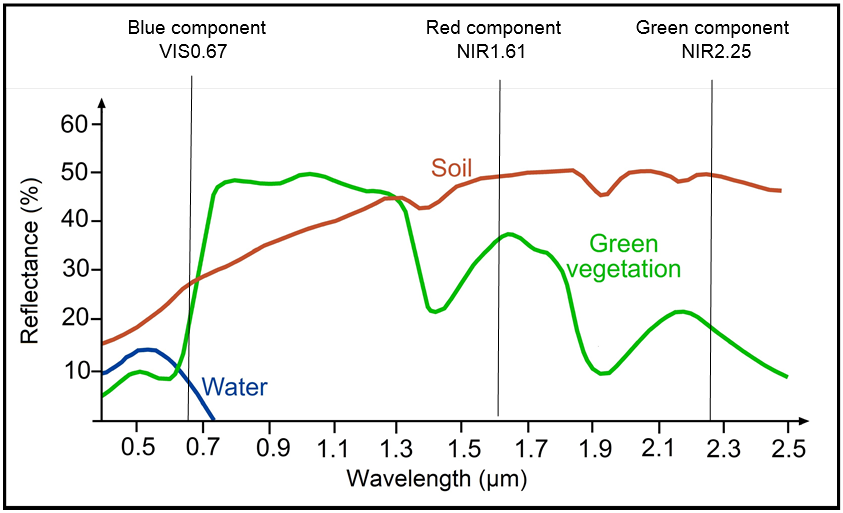
Fig. 5: Typical reflectance spectra of green vegetation, soil and water. The central wavelengths of the three channels the VIIRS Cloud Phase RGB is created from are indicated by vertical lines. © CEOS project

